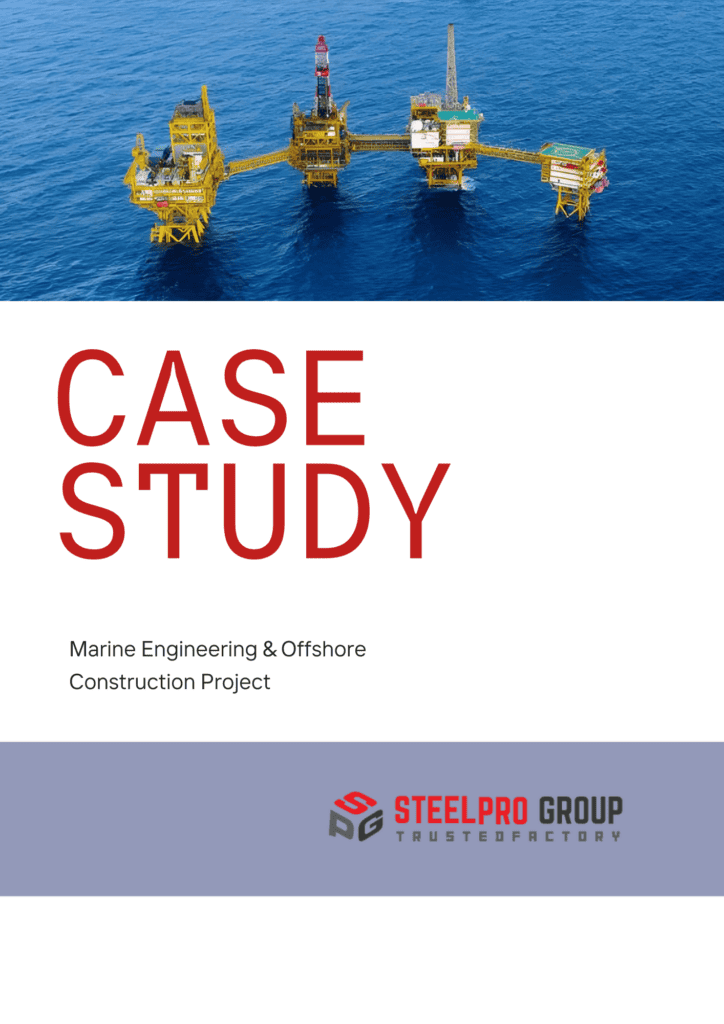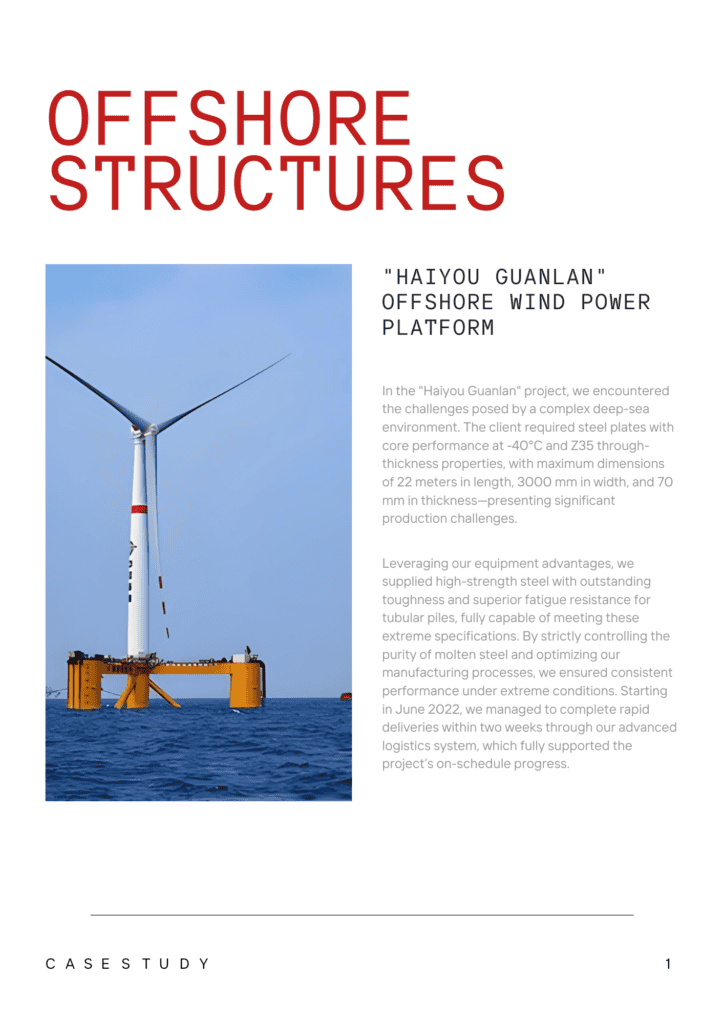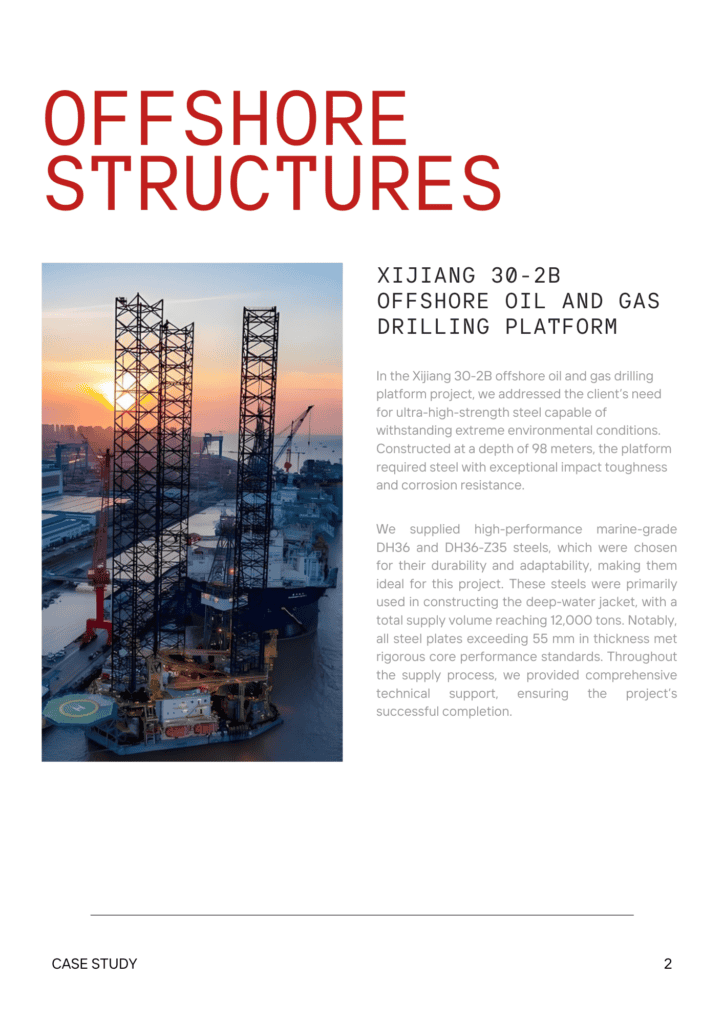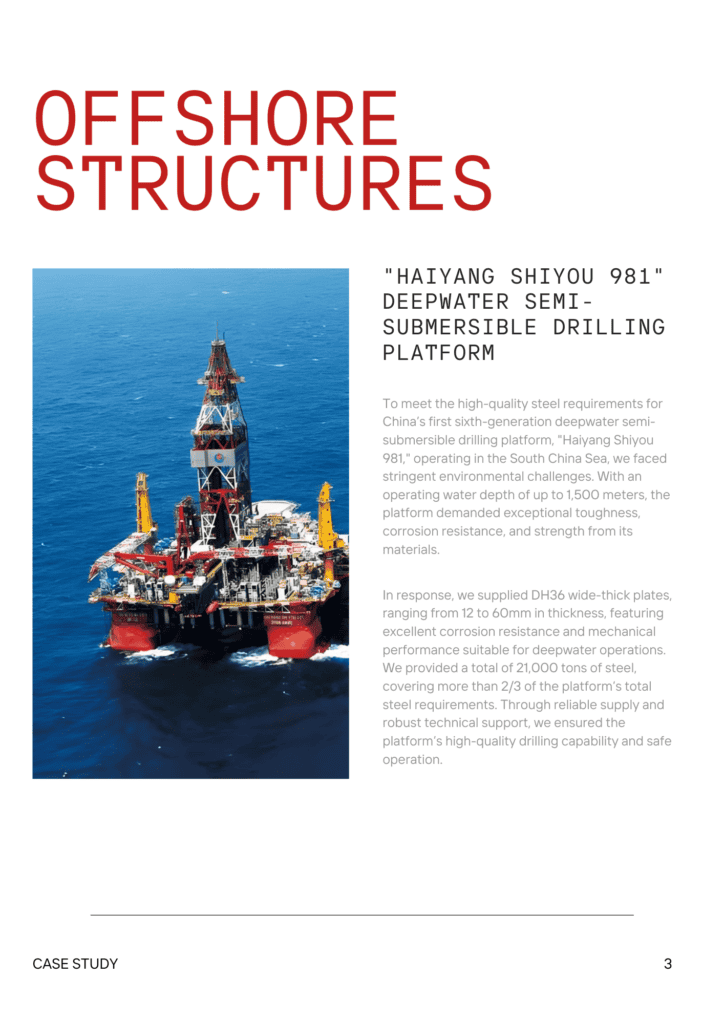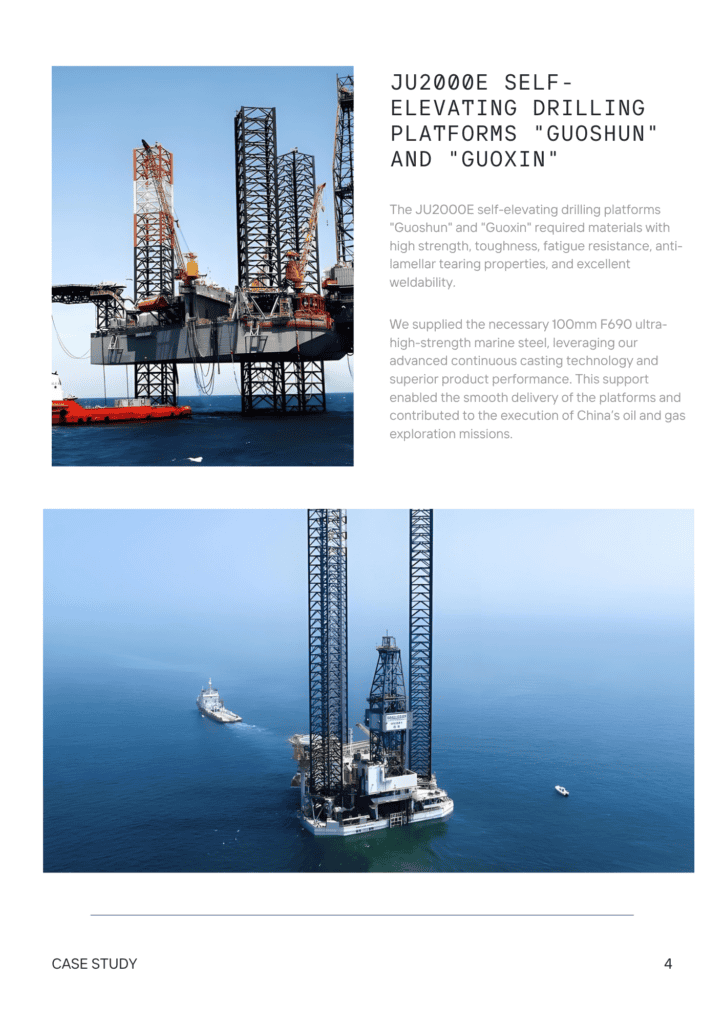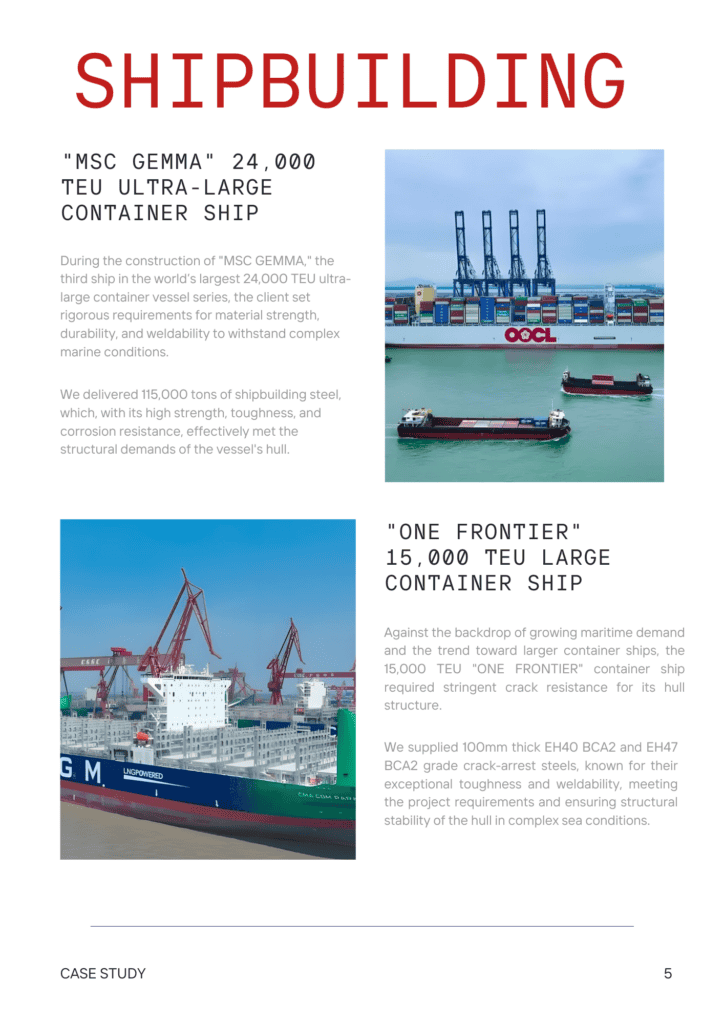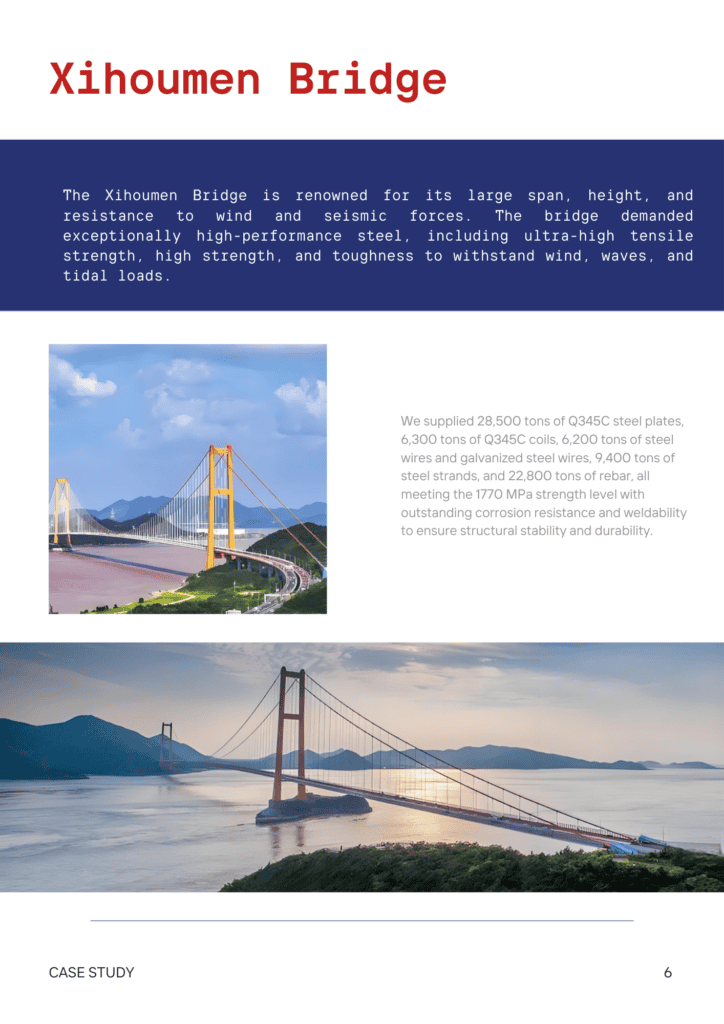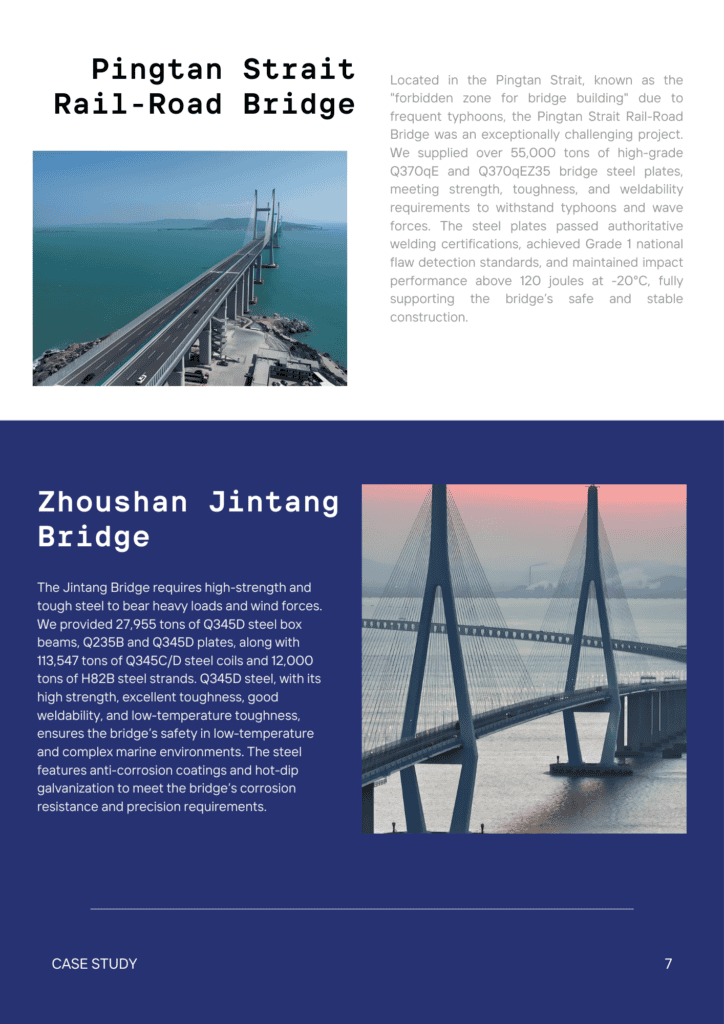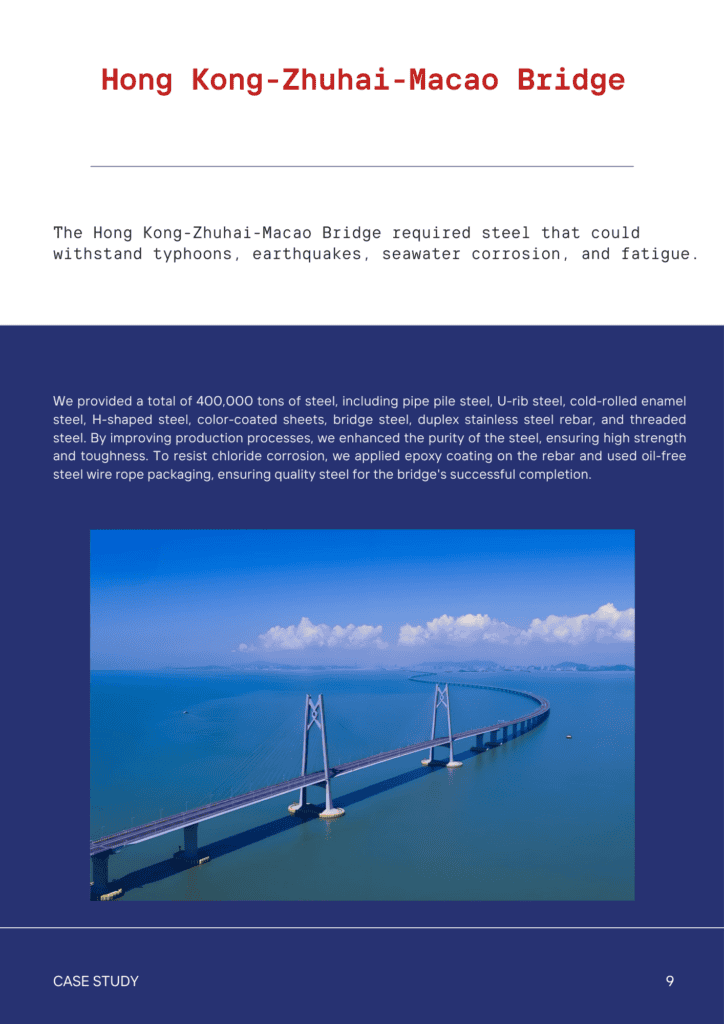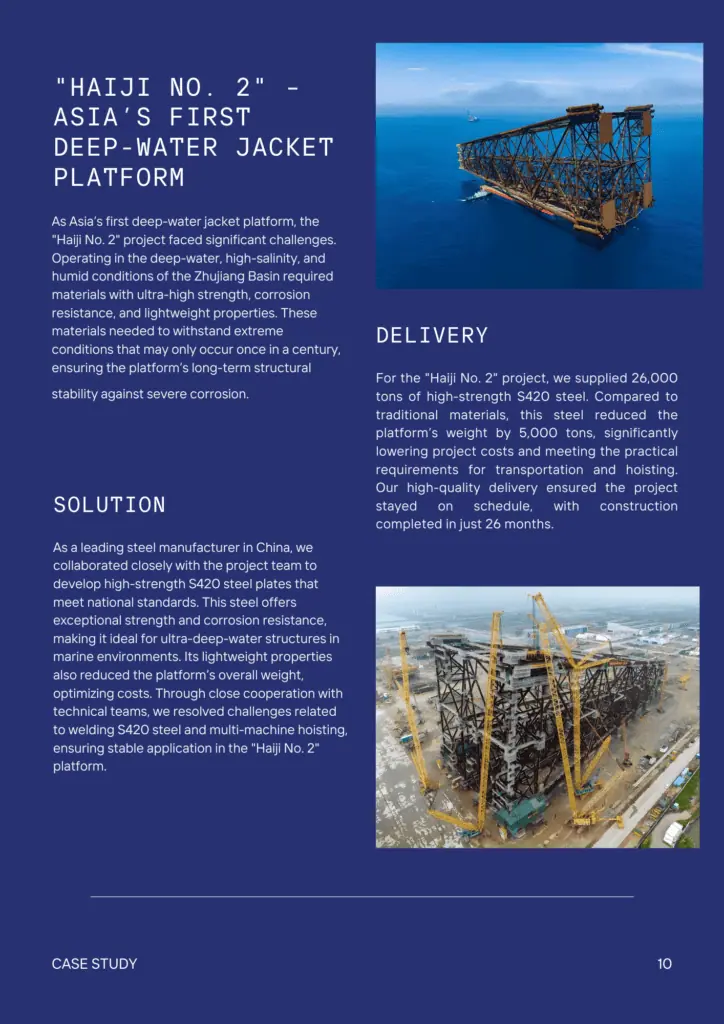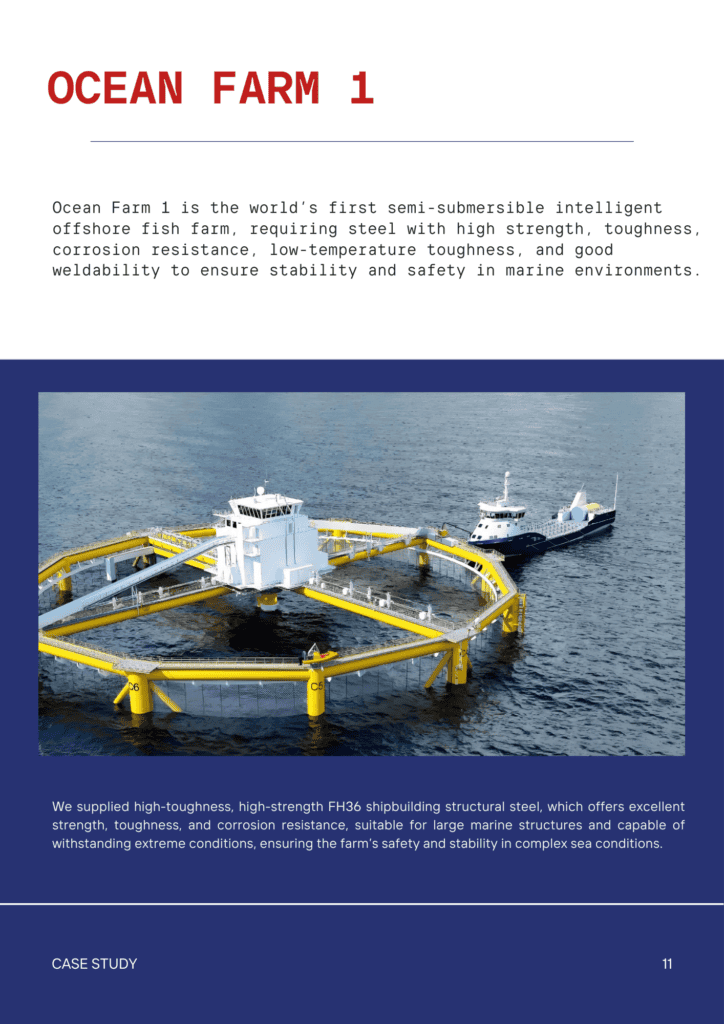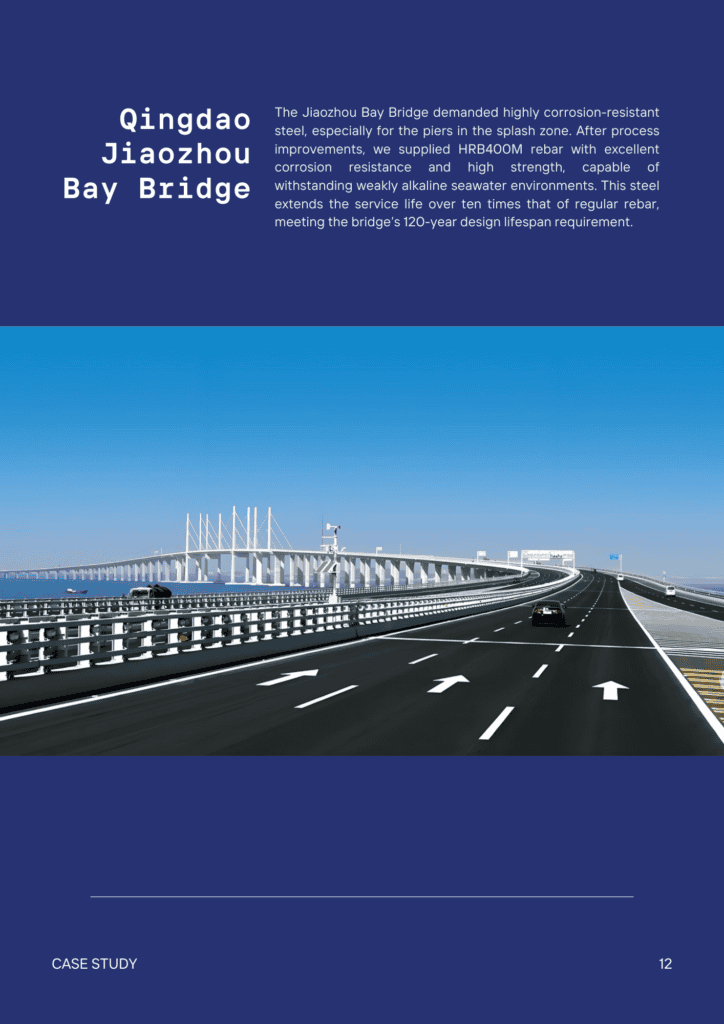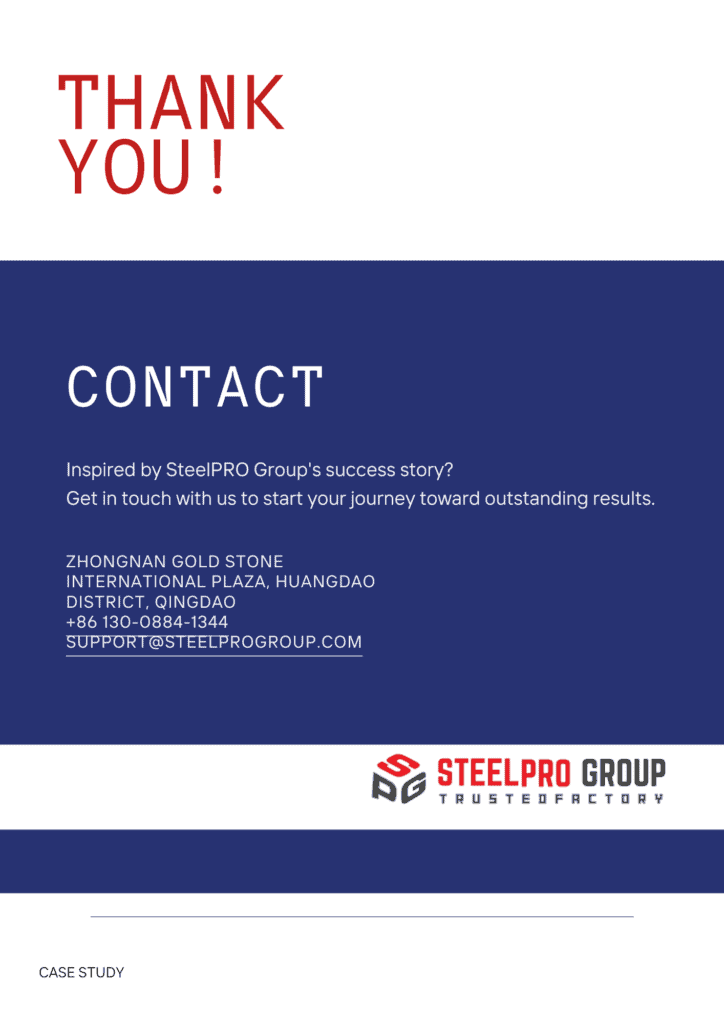Contents
AISI 4130 Alloy Steel Guide: Properties, Products And Uses
- John
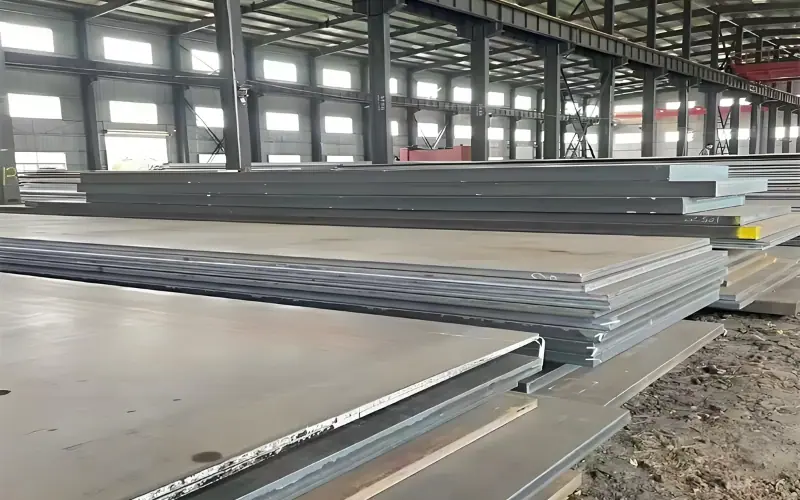
Did you know that 4130 alloy steel plays a crucial role in everything from jet engines to heavy-duty construction equipment? This steel is highly versatile. It can be heat-treated to achieve specific hardness and toughness levels, making it perfect for demanding components like gears, crankshafts, and drill collars.
At SteelPro Group, we provide certified 4130 steel that meets the toughest industrial standards. But before we dive into how to source it, let’s first take a look at why this alloy is so widely used.
What Is 4130 Steel?
4130 steel, also known as Chromoly, is a low-alloy steel made with chromium and molybdenum. It typically contains 0.8% to 1.1% chromium and 0.15% to 0.25% molybdenum, which strengthen the material. This steel is known for its combination of strength, toughness, and fatigue resistance. Classified as low-carbon steel, it is easy to weld and machine especially in its annealed or normalized state. However, once hardened, it becomes more difficult to work with.
- What is 4130 Max Operating Temperature?
It can operate at temperatures up to 315ºC (600ºF), further enhancing its versatility.
What Is 4130 Steel Used For?
- Automotive Industry: Connecting rods, steering arms, steering joints, half shafts, bolts, studs, screws, gears, structural components.
- Aerospace Industry: Aircraft exterior components, structural parts, landing gear components, fasteners, shafts.
- Oil & Gas Industry: Drill rods, downhole tools, wellhead equipment, pumps, valves, pressure vessels, flanged pipe fittings, self-locking nuts.
- Manufacturing & Machinery: Hydraulic cylinders, shafts, tool holders, machine frames, gears, bearings, spindles, and structural components.
- Construction & Infrastructure: Structural beams, bridges, rail components, heavy machinery, crane components, bolts, nuts, fasteners.
4130 Steel Equivalent Grades
The following table outlines the equivalent grades and standards for 4130 steel across different global systems. At SteelPro Group, we provide high-quality 4130 steel that complies with these recognized standards.
| Country/Region | Standard | Grade |
| China | YB | 25CrMo |
| ISC | A30252 | |
| Japan | JIS | SCM430 |
| USA | ASTM | 4130 |
| Germany | DIN EN/DIN | 25CrMo4 |
| W-Nr. | 1.7218 | |
| L-Nr. | 1.7214 |
4130 Steel Chemical Composition
| Elements | Content |
| Carbon (C) | 0.28~0.33 |
| Silicon (Si) | 0.15~0.35 |
| Manganese (Mn) | 0.4~0.6 |
| Phosphorus (P) | ≤0.035 |
| Sulfur (S) | ≤0.04 |
| Chromium (Cr) | 0.8~1.1 |
| Nickel (Ni) | ≤0.25 |
| Copper (Cu) | ≤0.35 |
| Molybdenum (Mo) | 0.15~0.25 |
4130 Steel Mechanical Properties
| Mechanical Properties | Value (Metric) | Value (English) |
| Hardness (Brinell) | 255 HB | 255 HB |
| Tensile Strength | 930 MPa | 135 ksi |
| Yield Strength | 725 MPa | 105 ksi |
| Elongation | 16% | 16% |
| Reduction of Area | 55% | 55% |
| Modulus of Elasticity | 205 GPa | 29,700 ksi |
| Bulk Modulus | 160 GPa | 23,200 ksi |
| Shear Modulus | 80.0 GPa | 11,600 ksi |
| Poisson’s Ratio | 0.29 | 0.29 |
| Machinability | 70% | 70% |
4130 Steel Physical Properties
| Physical Properties | Value (Metric) | Value (English) |
| Density | 7.85 g/cm³ | 0.284 lb/in³ |
| Melting Point | 1425°C | 2600°F |
| Coefficient of Thermal Expansion | 12.6 μm/m-°C | 7.0 × 10⁻⁶ in/in-°F |
4130 Steel Thermal Properties
| Thermal Properties | Value (Metric) | Temperature (Metric) | Value (English) | Temperature (English) |
| Specific Heat Capacity | 0.477 J/g-°C | ≥100°C | 0.114 BTU/lb-°F | ≥212°F |
| 0.523 J/g-°C | 150-200°C | 0.125 BTU/lb-°F | 302-392°F | |
| 0.837 J/g-°C | 750-800°C | 0.200 BTU/lb-°F | 1380-1470°F | |
| Thermal Conductivity | 30.1 W/m-K | 1200°C | 209 BTU-in/hr-ft²-°F | 2190°F |
| 40.7 W/m-K | 300°C | 282 BTU-in/hr-ft²-°F | 572°F | |
| 42.7 W/m-K | 100°C | 296 BTU-in/hr-ft²-°F | 212°F |
4130 Steel Manufacturing
Forging
Forging is done at temperatures between 954°C and 1204°C (1750°F and 2200°F). At this range, the steel becomes malleable and can be shaped under high pressure. Forging at lower temperatures may result in a non-uniform grain structure, requiring additional treatment. A lower finishing temperature generally results in finer grain size.
Heat Treatment
- Annealing
This process is typically performed at 843°C (1550°F). The steel is held at this temperature and then cooled slowly at a rate of less than 50°F per hour (28°C per hour) to 900°F (482°C), followed by air cooling. This makes it easier to work with.
- Normalizing
4130 steel is heated to 900°C (1650°F) and then quenched in oil. This refines the grain structure, ensuring uniform properties throughout. The temperature may vary by about 50°F (10°C) depending on the desired outcome.
- Hardening
4130 is heated to 815°C to 870°C (1500°F to 1600°F) and then quenched in oil or water, depending on section size. This hardening process improves strength and wear resistance.
- Tempering
This is done between 398°C and 565°C (750°F and 1050°F) to adjust strength and toughness. Lower tempering temperatures increase strength but should avoid the range of 200°C to 420°C (400°F to 790°F) to prevent brittleness.
Cold Working
Cold working involves shaping the steel at room temperature, usually after it’s been normalized or annealed. This strengthens the steel through strain hardening, but it can make further shaping more difficult as hardness increases.
4130 Steel Processing
Cutting
Cutting 4130 steel is done using tools like high-speed steel or carbide-tipped tools. Typical techniques include laser cutting, water jet cutting, or band sawing. Laser cutting is precise and minimizes the need for post-processing.
Welding
4130 steel is easily welded using commercial methods. Preheating the steel to 150°C to 260°C (300°F to 500°F) is recommended, and low-hydrogen electrodes should be used. After welding, a post-weld stress relief heat treatment may be needed, especially for thicker sections, to reduce internal stresses. The steel should cool slowly to prevent distortion.
Surface Treatment
Surface treatments, like carburizing, are used to enhance the steel’s wear resistance by creating a hardened outer layer. This process improves durability while keeping the core tougher. Additionally, plating, coating, or painting are applied to protect the steel from corrosion, especially in harsh environments.
4130 Steel Product Specifications
| Product Type | Size Range (Metric) | Size Range (English) |
| Round Bars | 5 mm to 300 mm (Diameter) | 0.20 in to 12 in (Diameter) |
| Square Bars | 5 mm to 150 mm (Side Length) | 0.20 in to 6 in (Side Length) |
| Hexagonal Bars | 10 mm to 100 mm (Side Length) | 0.39 in to 4 in (Side Length) |
| Flat Bars | 10 mm to 200 mm (Width/Thickness) | 0.39 in to 8 in (Width/Thickness) |
| Plate | 3 mm to 100 mm (Thickness) | 0.12 in to 4 in (Thickness) |
| Tube | 19 mm to 150 mm (OD) | 0.75 in to 6 in (OD) |
| Welded Pipe | 10 mm to 50 mm (Wall Thickness) | 0.39 in to 2 in (Wall Thickness) |
| Seamless Pipe | 15 mm to 200 mm (OD) | 0.59 in to 8 in (OD) |
FAQs About 4130 Alloy Steel
Is 4130 Steel Stainless?
No, 4130 steel is not stainless. It is a low-alloy steel, which means it does not have the high chromium content required for corrosion resistance like stainless steel.
What Are the Differences between 4130 and 4140 Steel?
The main difference is the carbon content. 4130 has less carbon, making it more weldable and easier to machine. 4140 has a higher carbon content, which gives it greater strength and wear resistance, making it more suitable for heavy-duty applications.
Choose 4130 Steel for Reliability and Performance
If you’re looking for reliable 4130 alloy steel for your next project, SteelPro Group offers premium-grade 4130 steel that meets the highest industry standards. We offer a variety of sizes and can assist you in selecting the ideal material for your unique requirements. Reach out today for a quote or to find out more about our 4130 steel options.



